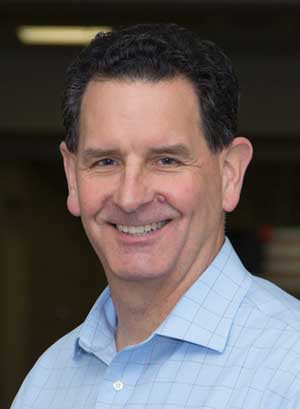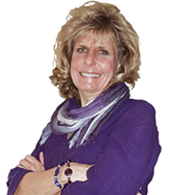
Steve Summers
The regulatory environment for the electronics industry continues to become more complex. As U.S.-based companies conduct more business internationally, they face environmental and trade directives that vary from region to region. Although electronics OEMs are ultimately responsible for compliance to these rules, they expect their supply chain partners to fully support their efforts. Distribution, which is a vital link between component suppliers and their customers, has to keep abreast of the regulations that affect their suppliers as well as their OEM and EMS customers.
Capacitor manufacturer KEMET Electronics Corp., for example, relies heavily on distributors to communicate compliance data to end-customers, according to Joel Sherman, KEMET’s Director for Compliance and Sustainability. For the EU’s Restriction on Hazardous Substances (RoHS), he said, “This effort is largely conducted by providing RoHS compliance data by part to distributors and also by providing compliance data on our website so distributors and customers can self-serve 24-7.”
In 2003, the adoption of RoHS banned lead (Pb) and five other substances from electronics sold in the EU after 2006. The impact on the supply chain – which to date had relied on leaded solders – was significant. The development of lead-free solders was only part of the effort. Some end-products were exempt from the ban; so many component suppliers maintained two parallel product lines: one with lead, one without. “Of the six RoHS substances, our efforts have focused on a single substance, Pb,” said KEMET’s Sherman. “KEMET is a major supplier to the military/aerospace industry and continues to supply products with Pb terminations. Such products are out of scope for RoHS but are available for sale to customers. Looking back, the most extensive effort was updating product codes and literature to clearly designate the termination material (i.e. Pb or Pb-Free),” he said.
By the numbers
Not all manufacturers designated new part numbers for Pb-free products. In order to sort the components, many distributors internally assigned a unique part number for Pb-free devices. “We added an identifier in our computer to the parts master file that labeled each individual part number to RoHS status,” said Steve Summers, Chair of the ECIA Environmental Committee and Leader of Supplier-Compliance Efforts at TTI Inc. Distributors such as TTI carry as many as 700,000 individual part numbers. Components that were re-numbered internally by distributors had to be changed back again to comply with customers’ orders.
As the industry moved to lead-free solders, distributors had to continually monitor their inventory. “We had to determine how much [existing] inventory was compliant and how much was non-compliant,” said Summers. Now, maintaining and updating compliance information goes pretty quickly, Summers said. But the initial investment was significant. TTI developed RoHS- compliance systems and programs in-house. TTI’s sales force and customer base had to be educated on the directive. Although RoHS has been around for 10 years, Summers still spends 30 percent of his time on RoHS-related matters.
Under the RoHS directive, distributors are not required to assure compliance, yet many have embraced RoHS awareness. “I’d say a low percentage of our customers rely solely on us for RoHS – maybe 15 percent – depending on industry type,” said Summers. He explains that suppliers are the best source for materials information. Still, not all suppliers report materials in the same format. “Third-party [RoHS data] sites have asked us hundreds of times to input data in a portal of some type,” Summers explained. The sheer number of requests has prompted him to create a spreadsheet dedicated to just logins and passwords.
A cost of doing business
For the most part, distributors and suppliers treat such efforts as a cost of doing business. “Many customers require annual 3rd party tests for RoHS, halogens and certain phthalates,” said KEMET’s Sherman. Such costs are rarely passed on to customers. According to the IPC, RoHS cost a typical distributor “millions of dollars;” a staff increase of 5 percent to 7 percent; and man-hours from its legal, marketing and IT departments. A consultancy called RSJ estimated R&D and capital costs for a typical electronics company averaged 1.9 percent of annual revenues and for small and medium companies (SMEs) the cost was as high as 5.2 percent of annual revenues. “At KEMET we believe it is our responsibility to conduct our business in a manner designed to protect the health of our employees, customers and the environment,” said Sherman. “We believe this is where the recoupment is found.”
Still, RoHS remains an evolving standard: RoHS2 is set to eliminate additional substances from electronics. KEMET has implemented specific controls within its new product development process, engineering change process as well as manufacturing to assure products meet regulations and customer specifications, said Sherman. “The RoHS compliance process is on-going as the regulation expands application scopes, updates exemptions, and considers new substances,” he said. For the most part, TTI updates its RoHS data on an annual basis, or immediately if a new product is released. Although many electronics companies tried to distinguish themselves as RoHS leaders when the directive was first passed, it has never been a differentiator. “I have never heard of a customer saying ‘I won’t give you my purchase order’ based on RoHS information,” Summers said.

